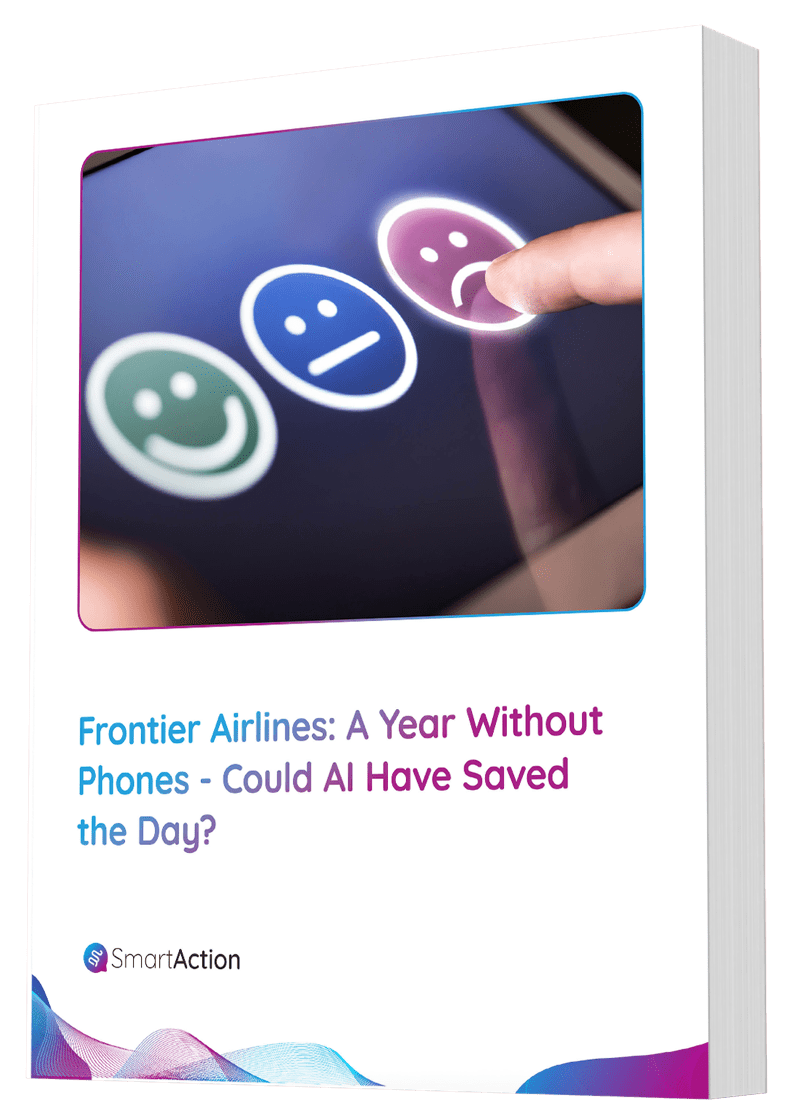Three Reasons to Pay Attention to Your Weakest Channel
“You are only as good as your weakest channel.”
– Nancy Jamison, Principal Analyst, Digital Transformation
This is one of our favorite quotes from a leading analyst in the contact center space. If you know Nancy, you may have heard her say it yourself. It speaks to the changing customer landscape and the importance of staying up-to-date on what technology customers actually want to use – not the technology you think they want to use. We like this phrase for lots of reasons – here’s three of them. See if it sparks you to rethink your weakest channel.
We like this quote because:
1. Voice goes largely ignored these days and has become many companies’ weakest channel. Naturally, as a voice self-service solution provider, this is really important to us. The omnichannel approach has sent customer service professionals into a tizzy trying to buy the latest technology or go viral on social media. These newer channels are important; but, in truth, voice has not declined in importance as a result – not with your customers. In fact, customers call more often than they don’t, and research shows that a large majority (79% according to Forrester) prefer to make a phone call for customer service requests over all other channels. There’s even a rising trend of people who call and are more patient in using the voice self-service platform, rather than begging at every turn for a live agent. Lastly, customers always call when they’ve tried and failed in other channels. At this point, these customers are likely annoyed, so if they encounter poor service on the phone, it definitely does not ease their frustrations. Think about your voice channel: is it your weakest? If so, time to upgrade.
2. One bad encounter in a weak channel can stain the entire customer experience. The ideal customer journey is through multiple channels – seamlessly, effortlessly, and oftentimes simultaneously. If a customer is engaging you in one channel, he or she has likely engaged you in another channel already at the same time, earlier that day, or last week. Chances are high that this customer has uncovered your weakest channel; that’s unavoidable. But what they should not have uncovered is a channel that performs poorly. The technology is available to make all of your channels top-notch. Of course, budgets are a constraint. But there are great workarounds that allow you to build that omnichannel feel at a lower, more manageable cost. You’ll still have a “weakest” channel, but at least none of them will be downright awful. If your weakest is solid at worst, you’ll maintain customer loyalty.
3. As one channel goes from weak to strong, another becomes the “weakest.” This might seem like a bad thing, but we love to iterate. The iterative process represents adapting to changing landscapes and planning for innovation. You aren’t going to solve all the problems; as one is solved, another is created, and as you solve the new problem, others come to light. But iterating through resolutions and overcoming the challenges of improving your weakest channel are what will help your company show your innovation and willingness to change for the better.
At the end of the day, knowing your customers and providing innovative service to them is imperative in this technology-driven world. So as you’re analyzing where to funnel IT funds over the next 6-12 months, don’t forget: you are only as good as your weakest channel.






